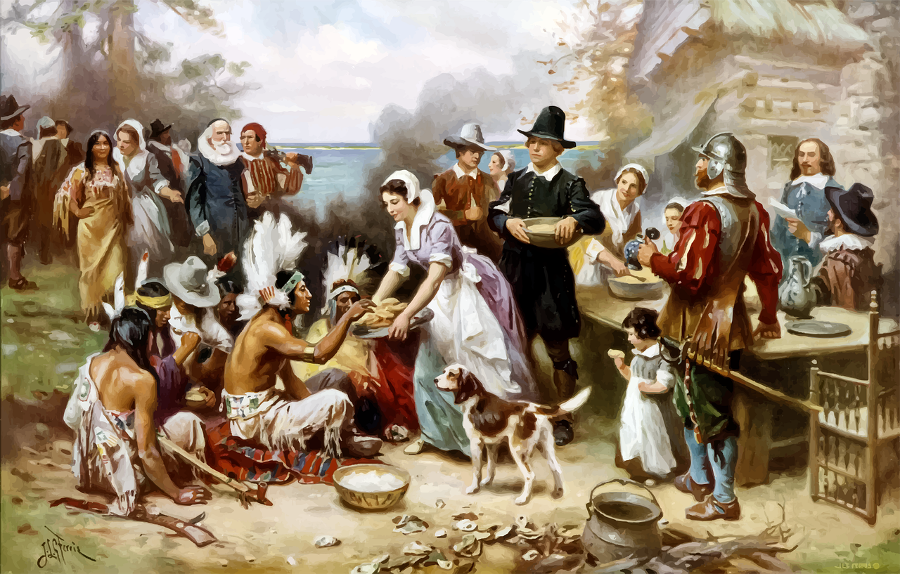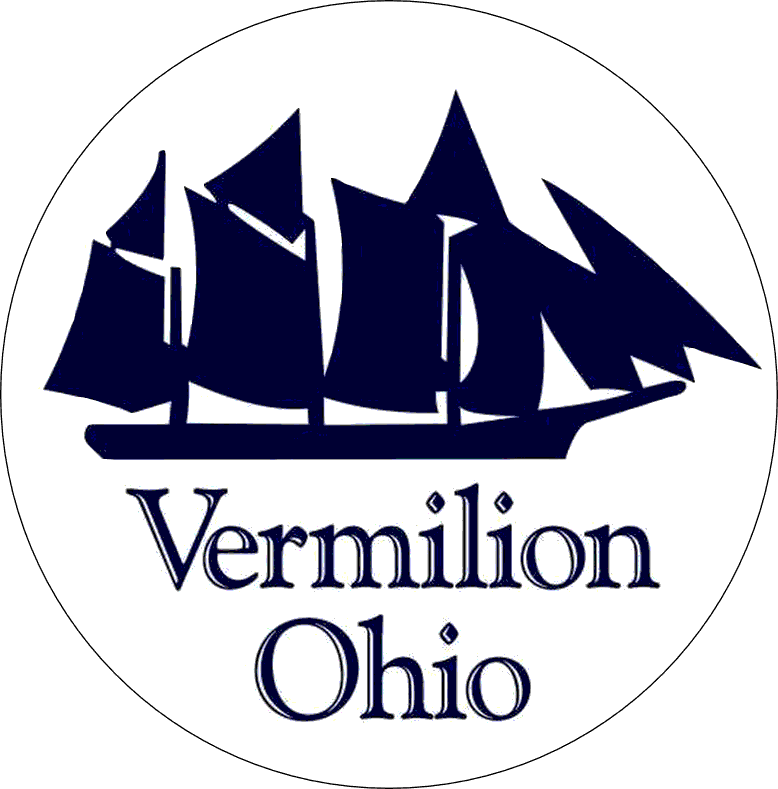The History Of Thanksgiving
 Today’s Thanksgiving holiday has roots in a number of celebrations that occurred centuries ago in different regions of North America. Native communities had regularly given thanks for nature’s gifts for centuries before the arrival of Europeans on the continent.
Today’s Thanksgiving holiday has roots in a number of celebrations that occurred centuries ago in different regions of North America. Native communities had regularly given thanks for nature’s gifts for centuries before the arrival of Europeans on the continent.
In May 1541, Spanish explorer Francisco Vasquez de Coronado led 1,500 men in a thanksgiving celebration in what is today the Texas Panhandle. Two decades later, French Huguenot colonists gave solemn praise and thanksgiving at a settlement near what is now Jacksonville, Florida. In August 1607, English colonists joined Abnaki people along Maine’s Kennebec River for a harvest feast and prayer meeting. In the spring of 1610, in what some consider the “first American Thanksgiving,” colonists in Jamestown, Virginia, held a thanksgiving prayer service after English supply ships arrived with much needed food.
Eleven years later, Pilgrims at Plymouth Colony celebrated the autumn harvest with a three-day feast. Governor William Bradford and the colonists joined the Wampanoag leader they knew as Massasoit and 90 other Wampanoag to feast. The celebration included athletic contests and military exercises. This 1621 harvest celebration is given the distinction of shaping many of the United States’ Thanksgiving traditions and fueling many of the popular stories surrounding Thanksgiving’s history.
There are few firsthand accounts of this feast and no eyewitness images, but it has been depicted in many different ways in the centuries since, in paintings, drawings, statues, stories, and performances. These depictions can provide helpful insights into the eras in which they were created, and into the ways in which perceptions of the holiday’s - and the nation’s - origins have shifted throughout U.S. history.
In his first presidential proclamation, George Washington designated November 26, 1789 as a Day of National Thanksgiving. The next president to issue a Thanksgiving Proclamation was Abraham Lincoln, who in 1863, also designated November 26. In October of his third year in office, Lincoln invited Americans to “set apart and observe the last Thursday of November next as a day of thanksgiving and praise.”
Most early Thanksgiving days were spontaneous celebrations. However, by the mid-nineteenth century, an annual fall Thanksgiving meal was customary throughout much of the United States and its Territories. During the gold rush, miners far from home observed a day of thanks.
For more than a decade, writer and editor Sarah Josepha Hale pushed for an annual day of national Thanksgiving. From the helm of several prominent women’s magazines, Hale editorialized about the importance of a national Thanksgiving celebration. She also wrote to President Lincoln directly. On October 3, 1863, in the wake of Union victory at the Civil War battle at Gettysburg, President Abraham Lincoln decided to issue his first Thanksgiving Proclamation; his second followed in 1864. The President’s Hymn, composed in honor of the new holiday, rang out across the nation.
Since Lincoln in 1863, every President of the United States has issued an annual Thanksgiving Proclamation, each citing a specific date. While most proclaimed Thanksgiving for the fourth or last Thursday of November, Franklin D. Roosevelt chose the third Thursdays of November 1939 through 1941, for economic reasons. Late in 1941, Congress passed Thanksgiving legislation that Roosevelt signed into law on December 26, 1941. Public Law 77-379 set Thanksgiving Days from 1942 onward to the fourth Thursday in November. The Law also made Thanksgiving Day an annual Federal Holiday.
Thanksgiving traditions have come and gone through the years, but one tradition that has long played a central role in Thanksgiving celebrations is the enjoyment of a hearty meal, as can be seen in articles, recipes, and advertisements in magazines and newspapers throughout the 1800s and 1900s. Masking was another tradition that was popular for several decades in cities such as New York, where on Thanksgiving Day would be seen costumed “processions of lads and children blowing on tin horns, beating tin drums and whooping as recklessly as so many young savages” and squads of “apparently well to do men marching in irregular order and conducting themselves like tramps,” according to one newspaper of the time. Football, shopping, and parades have come into prominence in recent years, and it is likely that new Thanksgiving traditions are being developed even now.
